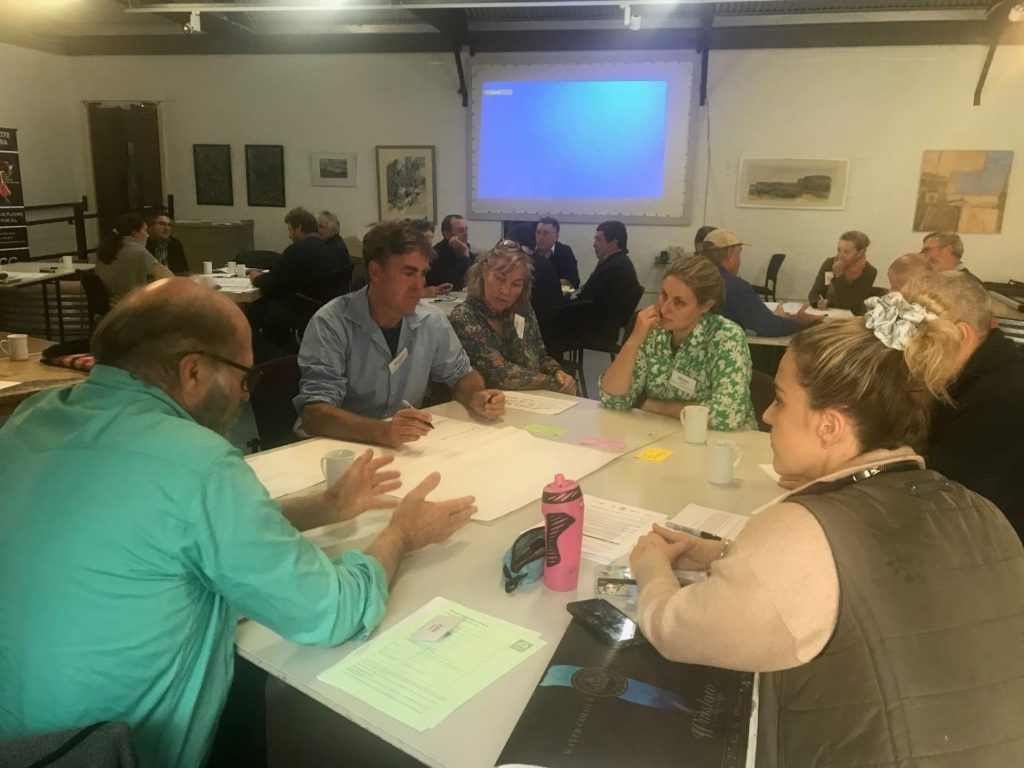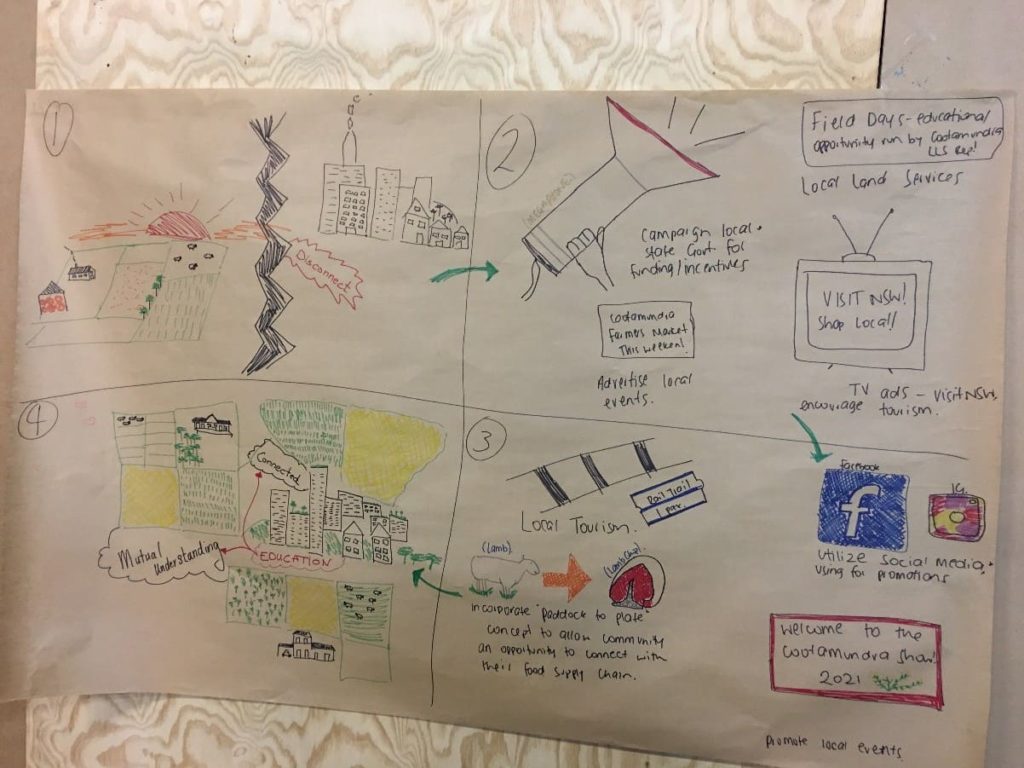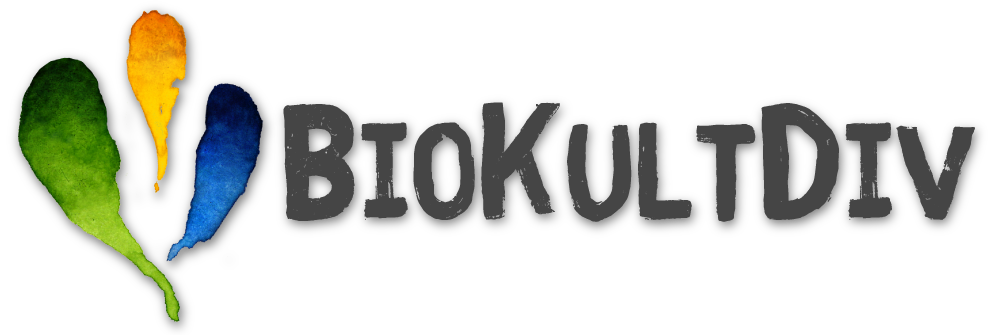Exploring the future of farming and biodiversity in agricultural landscapes in Australia. Part 3
Exploring the future of farming and biodiversity in agricultural landscapes in Australia. Part 3
About The project ‘The future of farming and biodiversity in agricultural landscapes’:
The Muttama Creek Catchment area’ seeks to explore options to integrate profitable farming and successful biodiversity conservation in the future (see link). The study area is a mixed farming landscape in south-eastern Australia. The project team consists of project leader Jan Hanspach, PhD student Tamara Schaal and partners at the Australian National University in Canberra (Australia).
This year the research team ran two workshops to bring together local communities and to explore the future for farming and biodiversity in the study area. The workshops served to discuss preferred futures and which actions can be taken individually and collaboratively to move towards the desired futures.
This blogpost focuses on the first workshop which took place on 29 April 2021.
If you want to find out more about the project, visit the project website or facebook page.
Our workshop facilitator Paul Ryan from the Australian Resilience Centre created a video of this workshop which you can find at the end of the blogpost.

In total, participants developed six projects:
1) A Vision for a Better Future of the Community and the Environment
Declining populations in rural communities and their lack of diversity are key issues. Incentives for rural small businesses support for micro projects and increased connectivity with farmers and farming landscapes together create a bespoke, young and energized community where people live in harmony with the land.
2) A Utopia of Increased Connections at Multiple Scales
The disconnect between rural and urban areas is a key issue. Increasing connectivity between rural communities and cities and between farmers and producers via the internet and technology brings more people into rural areas through tourism and local food. This allows urban residents to better understand and experience agricultural landscapes.
3) The Power of Grassroots Activities for Change
The decline in community health and wellbeing are key issues. Targeted activities of local grassroots initiatives and an emphasis on bringing back family members onto the farms have the potential to create change at the local level, increase viability of small and medium enterprises and enhance capacity for ethical, semi-intensive agriculture.
4) Building Connections to Create a Spider Web of Influence
The disconnect between the federal and the state system of project funding is a key issue. Better collaboration and coherence between biodiversity and soil carbon projects, supported by government agency representatives in the communities and farmers championing synergistic outcomes are needed. This will create a healthy and sustainable environment.
5) Best Practice Outcomes from Improved Grazing Management
Reduced soil health and water quality as well as loss of biodiversity are interlinked issues. Improved grazing management and technology, e.g. virtual fencing, will eventually lead to increased profitability. This gives landholders the opportunity to regenerate and protect areas on the farm which also improves environmental outcomes.
6) A Multi-Generational Farming Story about Tree Planting
Sparse native timber and vulnerable old trees present key issues. A family farm starting to improve the farm through revegetation and tree plantings over multiple generations will create a healthy creek, livestock and environment on the farm. These on-farm changes eventually have positive impacts throughout the community.

These six project ideas or pathways towards positive futures are each unique in that they considered not only the connection of different topics (e.g. community health and healthy ecosystems) but also how change would be brought about. For example, some project ideas focused more on the role that individual farmers play in bringing about change (project storyline 6) whilst others focused more on changes to policies (project storyline 4). Feedback during and after the workshops suggests that these project storylines can be used as input for strategic planning for example by the Muttama Creek Landcare Group.
“’There is no power for change greater than a community discovering what it cares about.’ That’s so important because that’s what we’re finding here today, that we have a love of the land, we have a connection to that land and we want to look after that land.”
Vivien Thomson, President of the Muttama Creek Landcare Group


Pingback: NEWSLETTER - PECS